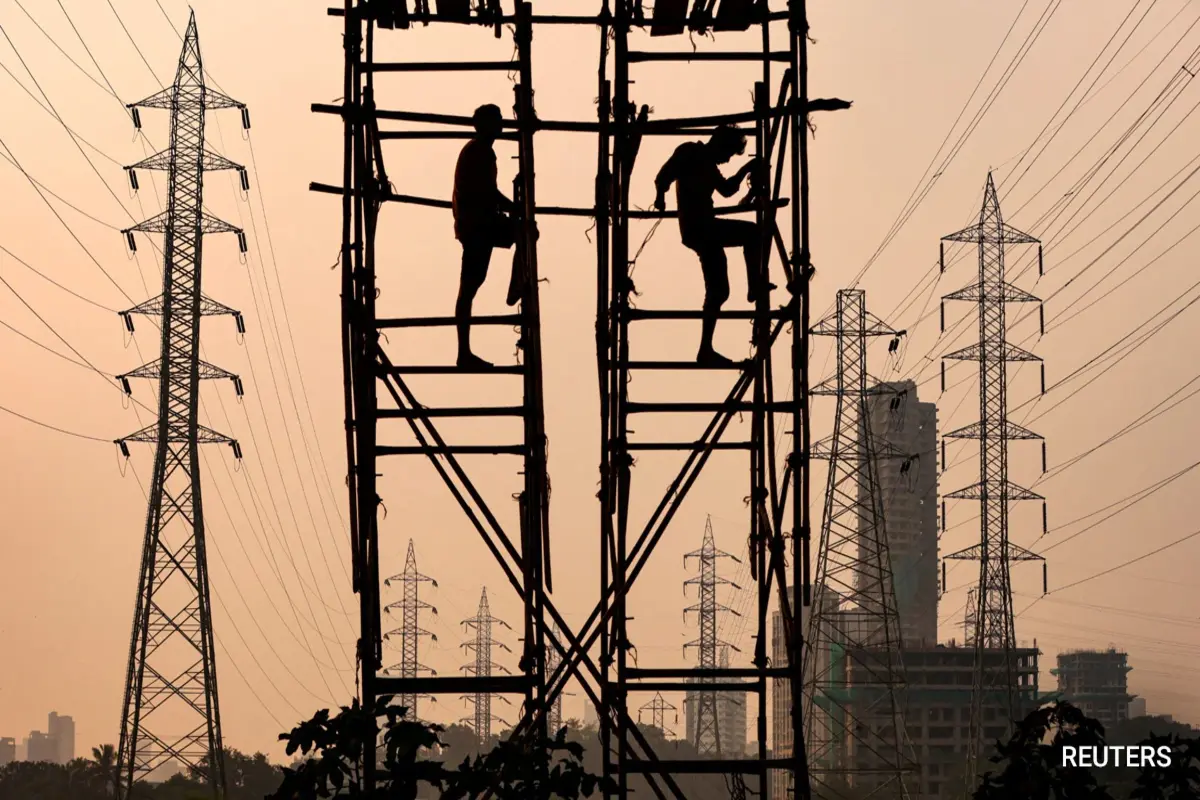
India is consideringa power deal with Southeast Asian nations via Myanmar and Thailand, while New Delhi wants to boost its regional diplomatic engagement to capitalize on its growing renewable energy capacity, five sources said.
The grid connection could take at least four years to complete, according to industry sources, and follows India’s efforts to start trading power with Middle Eastern countries such as the United Arab Emirates.
The sources, including four Energy Department officials, declined to be named because the previously undisclosed plans have not been made public. The Ministry of Trade Unions did not respond to a request for comment.
Prime Minister Narendra Modi’s government seeks to promote closer political and economic ties with its neighbors, thereby counteracting China’s growing regional influence.
At the Group of 20 (G20) Ministerial Meeting in Goa, India, Indian Energy Ministry officials announced that they had held individual and group discussions with selected countries on further development of regional grid connections.
Supporting G20 members is seen as key to gaining the support of bankers and developers in investment decisions, one ministry official said.
India has ordered France’s EDF to draft a regulatory framework to address key issues such as pricing, industry sources said. EDF expects to complete the report by the end of this year, the official added. EDF did not respond to a request for comment.
“Ifwe can connect India’s national grid to Burma (Myanmar), we should be able to strengthen the grid there, and also transmit power to Thailand and East Asia,” said an industry source.
Cross-border grid connections have attracted investment and government interest in regions from Europe to Southeast Asia, but rising costs to build submarine cables, high prices for the raw materials needed to modernize grids, and geopolitical tensions have raised questions about the feasibility of such projects.
Member states of the Association of Southeast Asian Nations (ASEAN) have attempted for decades to form regional grids to facilitate multilateral power trade, but progress has been limited to bilateral agreements between countries.
India plans to increase its renewable energy and large-scale hydropower capacity from 177 GW currently to 500 gigawatts (GW) by 2030. Solar power plants are expected to account for the majority of the new generation capacity.
Ministry officials said the initiative could allow solar power to be used more hours of the day and reduce reliance on fossil fuels.
A second ministry official said transmission charges for electricity supplied through the region’s interconnected grids were a key issue.
The connections will be both underwater and onshore, pooling resources from across the region to facilitate renewable energy integration, the same official added.
India, which already exports some electricity to Bangladesh, Nepal and Bhutan, and a very small amount to Myanmar, will increase significantly under the new plan.

















